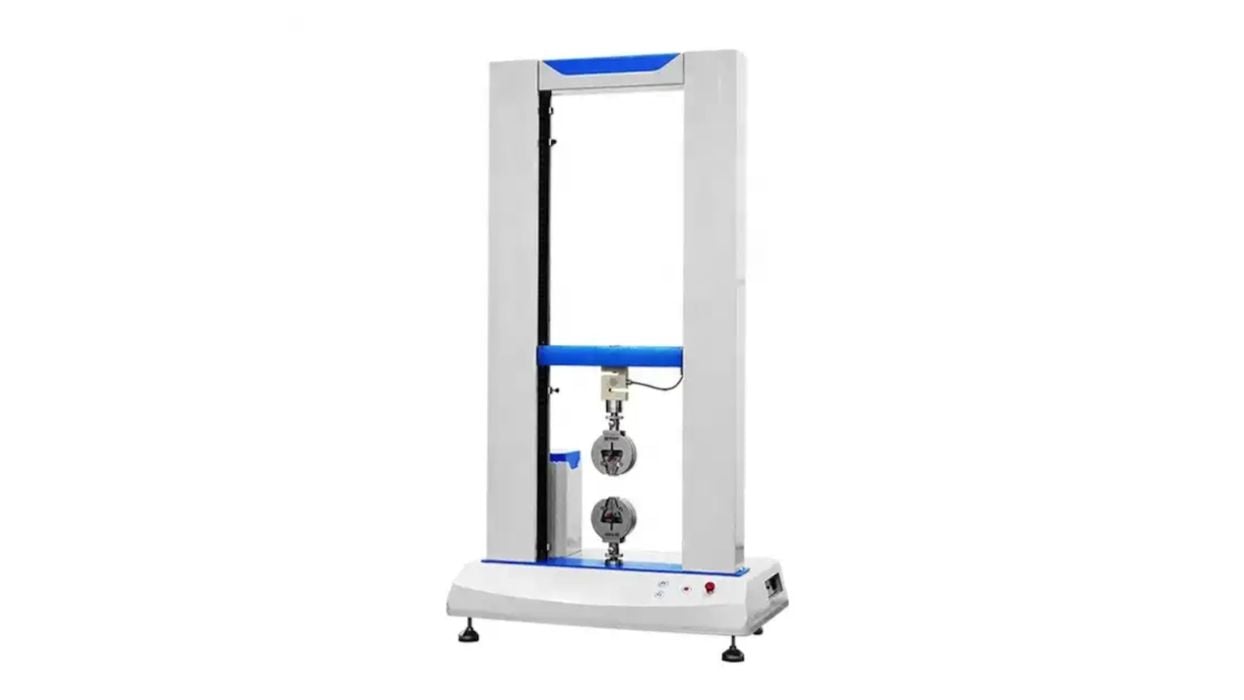
Slant 3D has launched an unusual Kickstarter campaign.
The Idaho-based print services company has been leveraging FFF technology to provide manufacturing services for clients, and has gained a lot of experience working with related machines and materials.
One of the challenges they — and everyone in the industry — often face is the predictability of materials. Most materials will come with some basic engineering specifications, but these are typically for the raw material as used in traditional making processes, not necessarily when 3D printed.
It means that it is somewhat unknown what to expect when 3D printing an object in a specific material. Because of this designers may overcompensate with material, for example.
It seems that Slant 3D wants to try to solve this problem by performing independent 3D print testing of specific filaments and publishing the results for all to see. They explain:
“There is currently a scarcity of in-depth, accessible, and reliable information in the 3D printing community. Just as a chef needs to know the nuances of their ingredients, designers and engineers need to understand the properties and potentials of their materials to truly innovate. What material should they choose? How does temperature affect the integrity of a printed product? Is that a fair price to performance? These are vital questions, and their answers can determine the success or failure of a project. Our mission is to provide these answers.”
How, exactly do they intend to do this? They’re going to set up a “format 3D printing testing lab”, equipped with a series of sophisticated test equipment.
Their first piece of test equipment is to be a universal testing machine, seen at top. This device will be able to measure tensile strength, flexibility and other critical factors.
Following this device, they intend to continue adding test equipment, including UV testing, flammability testing, impact testing and torsion testing.
I’m thinking the results of all this testing will be of significant interest to the 3D print community as a whole. There is no single place where one can obtain this information today, as far as I can tell.
Their campaign attempts to at least raise enough funds for the first machine, with stretch goals to add additional test equipment, should interest be sufficiently high. The initial test device will cost approximately US$10,000.
The intention is to publish the results initially through the company’s busy YouTube channel, and then follow up with online shared data in some fashion, according to Gabe Bentz, CEO of Slant 3D.
Some proposed investigatory titles are quite intriguing and illustrate the type of information they will generate:
- Every Color Tested for Strength
- How Does Wall Thickness impact Part Strength
- How Long will a 3D Printed Bracket Last?
- Filament Brand vs Filament Brand. Which is Stronger
- Is CF Nylon really that Strong
- Can PLA Last 10 years in direct UV?
- Is a 3D Printed Helmet Safer than the Competition?
- How Fire Proof is FR-Resistant ABS?
As you can see, this is going beyond just testing a material and coming up with a number. I’m interested: do colors affect part strength? What if they did and no one realizes it?
That’s the kind of insight we all need more of in this industry.
If you want to support the project, hop on over to Kickstarter and back this project. If you’re a filament manufacturer or distributor, you may want to back the project at a higher level to get your products tested first.
Via Kickstarter and Slant 3D
